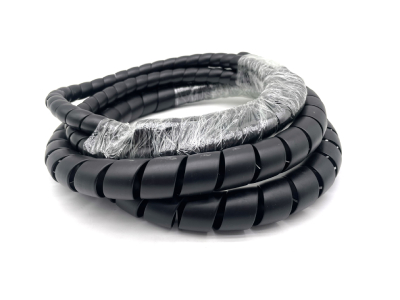Hydraulic Hose Safety Sleeves for Enhanced Protection and Durability
Understanding the Importance of Hydraulic Hose Protectors
In many industries, hydraulic systems are the backbone of operations, powering machinery and equipment with precision and efficiency. However, these systems are only as reliable as the components that make them up, particularly the hydraulic hoses. Hydraulic hose protectors are essential accessories that play a crucial role in extending the life of these hoses, ensuring safety, and maintaining system efficiency.
Hydraulic hoses are often subjected to harsh conditions, including extreme temperatures, abrasion, and exposure to chemicals. Over time, these factors can lead to wear and tear, resulting in leaks, pressure drops, and ultimately, system failure. This is where hydraulic hose protectors come in. Made from various materials, including rubber, nylon, and metal, these protectors provide a barrier against physical damage, UV exposure, and corrosive elements.
Understanding the Importance of Hydraulic Hose Protectors
Additionally, hydraulic hose protectors can help manage heat. In high-pressure systems, hoses can generate significant heat due to friction and fluid dynamics. Overheating can lead to thermal degradation of the hose material, compromising its integrity. Protectors designed with heat-resistant materials can reduce heat exposure and dissipate heat more effectively, helping maintain the ideal operating temperature.
hyd hose protector

Moreover, hose protectors contribute to enhancing safety within the workplace. A ruptured hydraulic hose can lead to dangerous leaks, risking not only equipment malfunction but also the safety of personnel in the area. By minimizing the wear on hoses, protectors can help prevent failures that might cause spills, burns, or even catastrophic accidents. Selecting the right type of protector can significantly reduce the risk of such incidents, thus fostering a safer working environment.
Another vital aspect of hydraulic hose protectors is their role in organization and identification. In facilities where multiple hydraulic systems are in operation, hoses may become tangled or difficult to differentiate. Using color-coded or labeled hose protectors can enhance visibility, making it easier for technicians to identify specific lines and perform maintenance or repairs more efficiently.
Regular inspection and maintenance of hydraulic hoses and their protectors are paramount. While protectors can significantly reduce wear, it is essential to replace both hoses and protectors at the first sign of damage. Preventive maintenance can help identify potential issues before they lead to major problems, thereby saving time and costs associated with significant repairs or downtime.
In conclusion, hydraulic hose protectors may seem like a small component in the larger hydraulic system, but their impact is substantial. By safeguarding hoses from abrasion, managing heat, improving safety, and aiding in organization, they are integral to maintaining the reliability and efficiency of hydraulic systems. Investing in quality hose protectors can yield long-term benefits including reduced maintenance costs, increased safety, and ultimately, a more robust and efficient operation. Therefore, industries utilizing hydraulic systems should prioritize the selection and implementation of appropriate hose protection strategies to ensure optimal performance.
-
Ultimate Spiral Protection for Hoses & CablesNewsJun.26,2025
-
The Ultimate Quick-Connect Solutions for Every NeedNewsJun.26,2025
-
SAE J1401 Brake Hose: Reliable Choice for Safe BrakingNewsJun.26,2025
-
Reliable J2064 A/C Hoses for Real-World Cooling NeedsNewsJun.26,2025
-
Heavy-Duty Sewer Jetting Hoses Built to LastNewsJun.26,2025
-
Fix Power Steering Tube Leaks Fast – Durable & Affordable SolutionNewsJun.26,2025

